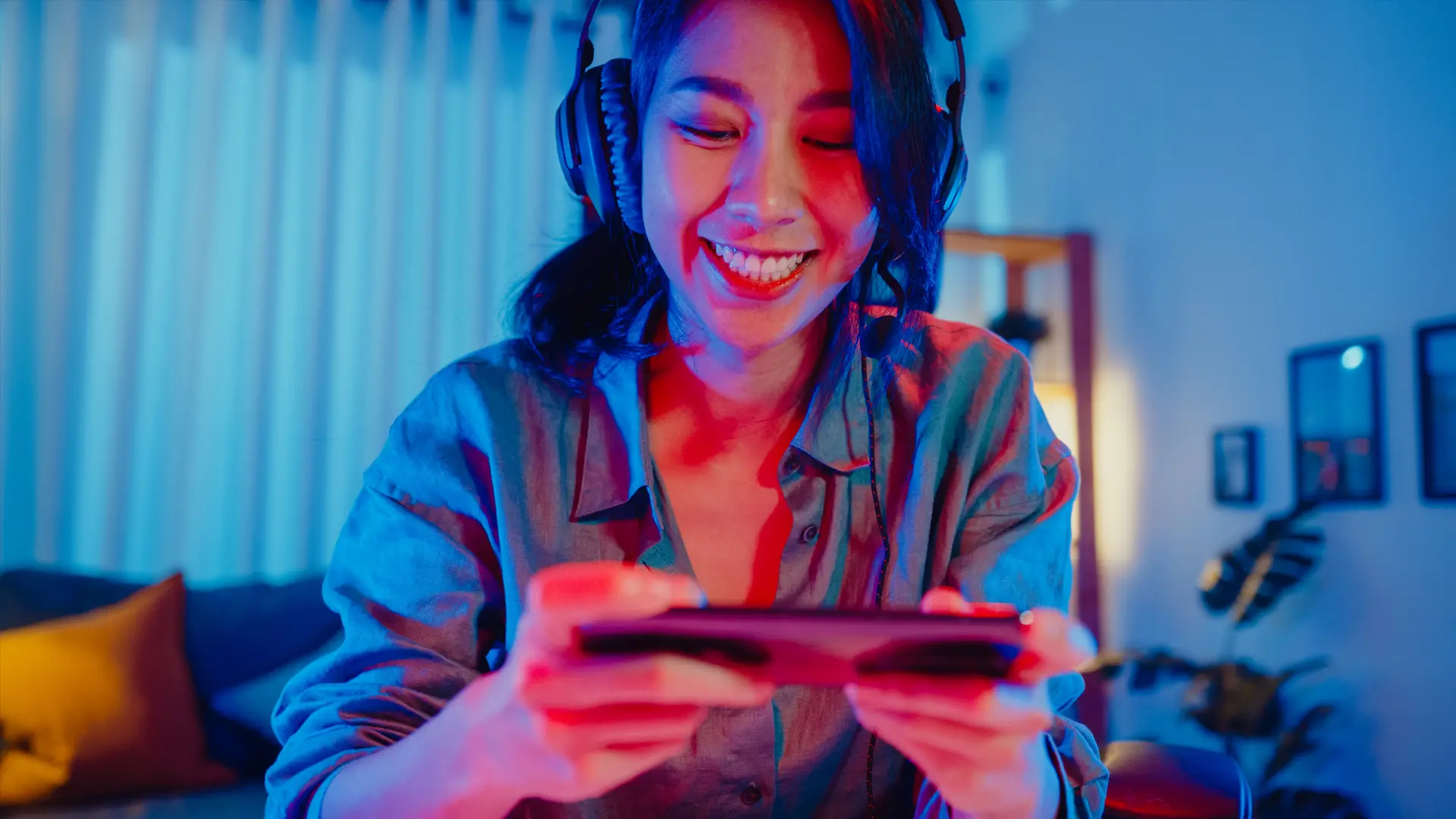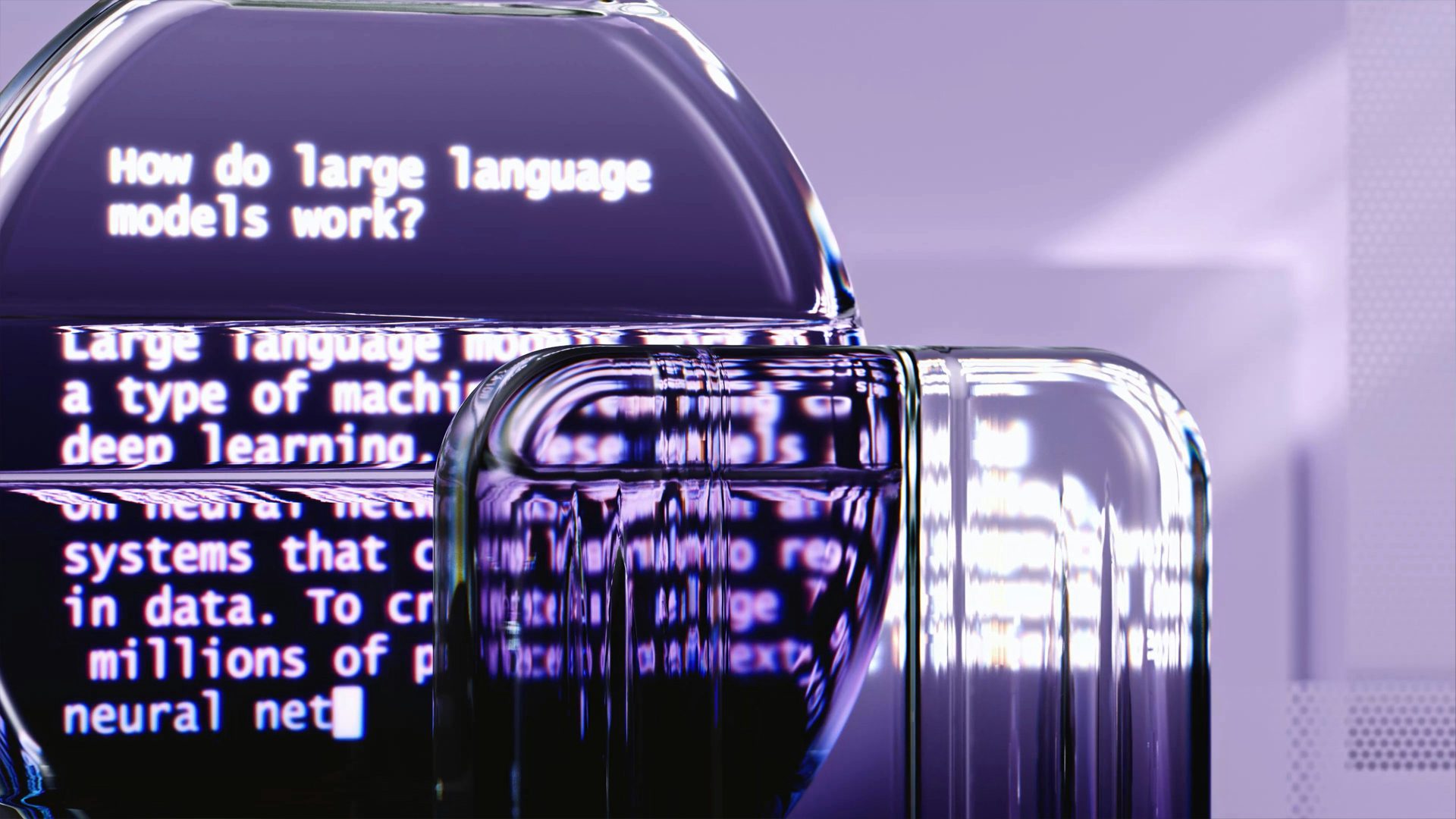In the era of mobile gaming dominance, localization has become a crucial factor in determining a game’s global success. The mobile gaming industry’s revenue surpassed $92 billion in 2023, with over 50% coming from non-English-speaking markets. To cater to this global audience, developers need to make their games accessible and engaging across different cultures and languages.
Machine translation (MT) has transformed this process, enabling faster, more cost-effective localization. AI-based MT allows game developers to quickly translate vast amounts of content, making it an essential component of modern localization strategies.
Applications of Machine Translation in Mobile Games
Machine translation can significantly impact several areas of mobile game localization, streamlining workflows and enhancing accessibility for international players.
Translating In-Game Text and Dialogues
Mobile games often feature extensive in-game text, ranging from tutorials and character dialogues to mission descriptions and storylines. MT helps translate these texts efficiently, reducing the time and resources needed for manual translation. Advanced neural machine translation models can manage complex language structures, giving localization teams a strong starting point.
For instance, a role-playing game (RPG) with a rich narrative might contain thousands of dialogue lines. Translating this content manually could take weeks or months, but MT can generate initial translations in hours. In combination with human post-editing, you can achieve high-quality translations while keeping production schedules on track.
Localizing App Store Listings and Product Descriptions
A game’s app store presence is often the first interaction of potential players with the product. Translating app store listings, product descriptions, and promotional content is vital to attracting players from diverse linguistic backgrounds. Effective localization of app store metadata can significantly boost downloads and revenue. With machine translation, you can quickly adapt texts and app screenshots for multiple markets so they resonate with local audiences.
For example, a puzzle game’s description or screenshot caption emphasizing “brain-teasing fun” might be translated into phrases that reflect similar cultural values in target languages.
Adapting User Interfaces and Menus
User interfaces (UIs) and menus are integral to the gaming experience, guiding players through gameplay, settings, and interactions. MT facilitates the translation of these elements, ensuring seamless navigation for gamers worldwide. However, it’s important to consider potential challenges, such as text expansion in languages like German or Arabic, which could disrupt UI design. You can use MT as a foundation and refine translations to fit character limits and maintain visual harmony.
Enhancing Game Immersion Through Machine Translation
One primary goal of localization is to create an immersive experience for players. MT plays a key role here by helping adapt content for global audiences without compromising narrative quality.
For instance, consider a mobile adventure game set in a mythical world. Players in Japan encounter text and dialogues with cultural nuances unique to their language. At the same time, players in Brazil experience a version tailored to their context. By localizing content with MT and refining it through human post-editing, you can craft an inclusive and engaging environment that feels authentic to players worldwide.
Moreover, MT’s ability to process large volumes of text allows you to localize updates and expansions faster. As a result, people across all regions can enjoy new content simultaneously, maintaining a sense of connection and community.
Challenges and Limitations
While machine translation offers numerous benefits, it also has challenges. Understanding these limitations is essential to maximising its potential.
Accuracy Concerns in Complex Narratives
Mobile games with intricate storylines and character arcs often require a deep understanding of context, tone, and emotion. While MT can provide a base translation, it may struggle with subtleties, leading to inaccuracies that disrupt the narrative.
Handling Idiomatic Expressions and Game-Specific Terminology
Idiomatic expressions and unique terminology present significant hurdles for machine translation. Phrases like “level up” or “boss fight” may not have direct equivalents in other languages and require creative adaptation. To solve this problem, developers are increasingly training MT models on game-specific datasets. As a result, the models can recognise and translate industry-specific jargon more efficiently.
Future advancements in AI, such as context-aware translation models, promise to improve MT’s handling of these challenges. Meanwhile, human post-editors remain indispensable for refining translations and ensuring cultural relevance.
Best Practices for Implementing Machine Translation
To maximize the effectiveness of machine translation in mobile game localization, follow these best practices:
- Combine machine translation with human post-editing: Pair machine-generated translations with expert human editors to refine quality and accuracy.
- Develop game-specific translation models: Train MT systems on datasets tailored to the game’s genre and terminology to improve performance.
- Optimize user interface design: Account for text expansion and character limits during mobile game localization to keep UI integrity.
- Leverage player feedback: Conduct surveys among international players to identify and correct localization issues, ensuring a better experience over time.
- Regularly update MT models: Continuously refine and update machine translation systems with new linguistic data to enhance their capabilities.
- Implement cultural adaptation: Adapt content to suit the cultural nuances and preferences of different regions to resonate with a global audience.
- Test translations in context: Conduct in-game testing to ensure translations work seamlessly within the game’s visuals, UI, and gameplay, avoiding awkward wording or mismatches.
- Establish a feedback loop with translators: Openly communicate with human translators and editors, allowing them to flag recurring challenges or provide insights for improving the MT workflow.
Machine translation has revolutionised mobile game localization, enabling developers to reach global audiences quickly and efficiently. From translating in-game text to localizing app store listings and enhancing UI elements, MT offers immense opportunities to expand a game’s reach and appeal.
However, challenges such as accuracy in complex narratives and idiomatic expressions highlight the need for a balanced approach. By combining MT with human expertise and adopting best practices, you can overcome these limitations and deliver immersive, culturally relevant gaming experiences.
Looking ahead, advancements in AI and natural language processing can further elevate MT’s role in mobile game localization. As developers continue to innovate, machine translation will remain crucial for the global growth of mobile gaming.





